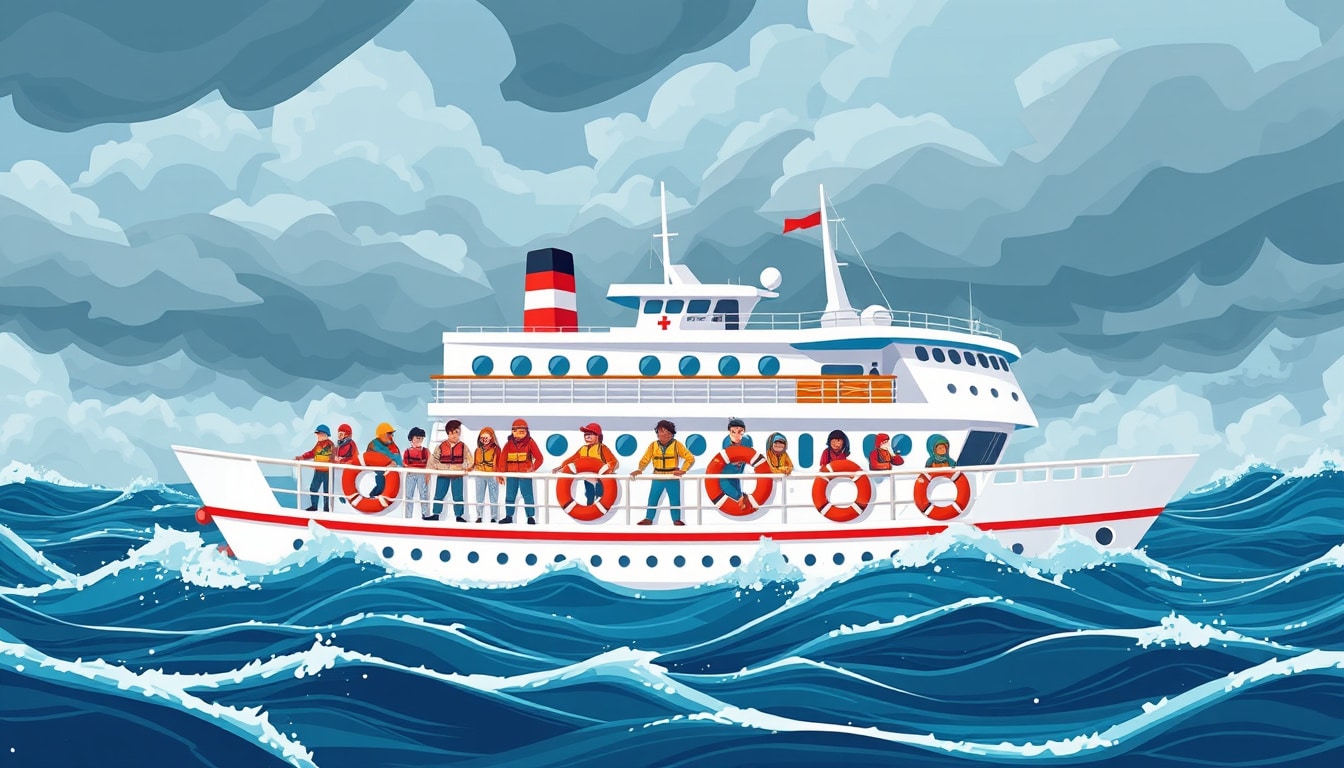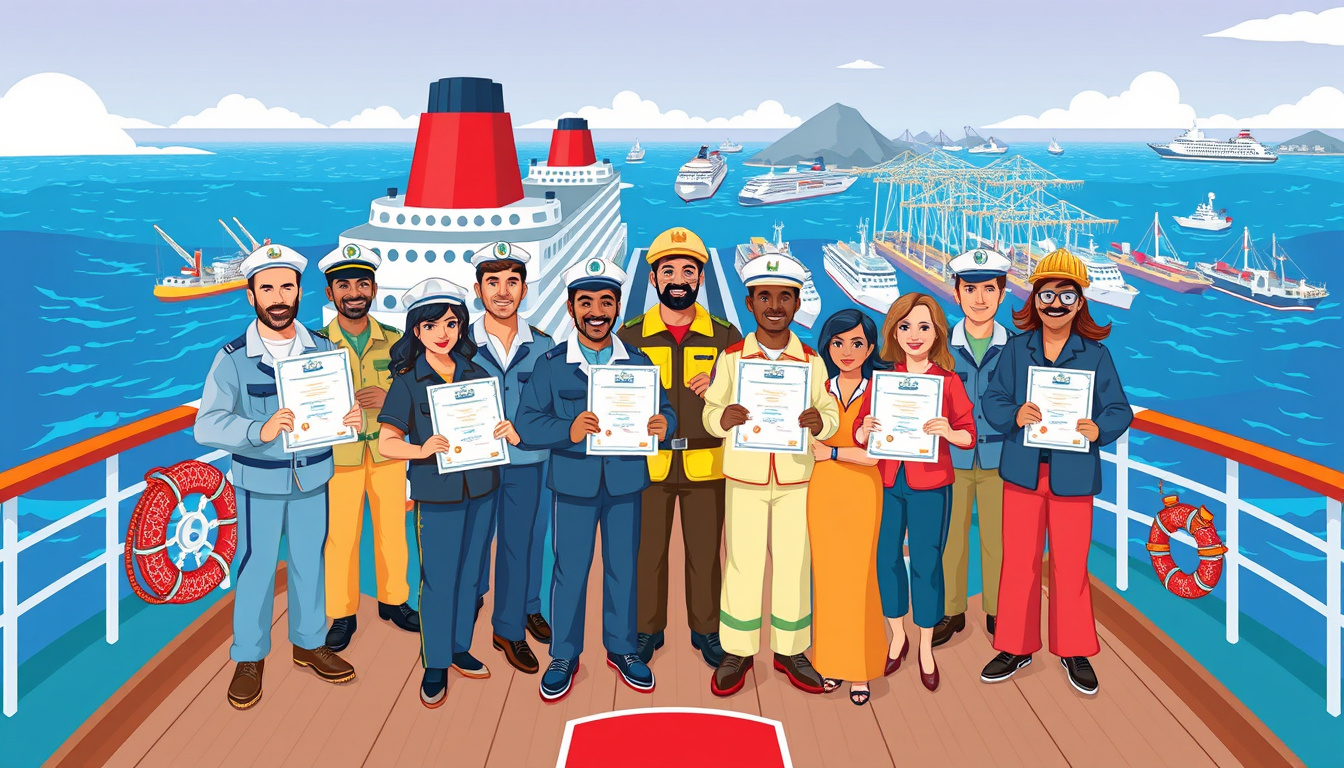In today’s maritime industry, the importance of ensuring safety, compliance, and quality management cannot be overstated. A critical figure in achieving these goals is the Designated Person Ashore (DPA). As organizations strive to adhere to the International Safety Management (ISM) Code, the demand for certified professionals who can navigate the complexities of maritime safety has grown significantly. This article aims to provide you with essential insights on how to become a Certified Designated Person Ashore (DPA), including understanding the role, key responsibilities, required skills, and the necessary steps for certification. Moreover, we will explore best practices for effectively navigating the ISM Code, empowering you to implement robust safety management systems with confidence.
Key Takeaways
- The role of a Designated Person Ashore (DPA) is crucial for ensuring maritime safety and compliance.
- Key responsibilities of a DPA include overseeing ISM Code adherence and facilitating effective communication.
- Essential skills for a DPA include strong leadership, risk management, and thorough knowledge of maritime regulations.
- To obtain DPA certification, candidates must follow specific steps including training and assessment requirements.
- Implementing best practices in ISM Code navigation enhances organizational compliance and promotes maritime industry standards.
Understanding the Role of a Designated Person Ashore (DPA)
Understanding the Role of a Designated Person Ashore (DPA) is crucial for those in the maritime industry. The DPA is a key figure responsible for ensuring that shipping operators comply with the International Safety Management (ISM) Code, which is essential for maintaining safety and environmental standards at sea. To become a Certified Designated Person Ashore (DPA): Navigating the ISM Code with Confidence, one must possess a thorough understanding of maritime regulations, safety procedures, and crisis management. This involves both rigorous training and practical experience in the field. Aspiring DPAs should focus on enhancing their knowledge of safety management systems, fostering effective communication skills, and developing a keen awareness of marine operations. By mastering these aspects, you can confidently take on the responsibilities of a DPA, ensuring the safety and efficiency of maritime operations while promoting a culture of safety across the fleet.
Key Responsibilities and Skills Required for a DPA
To become a Certified Designated Person Ashore (DPA): Navigating the ISM Code with Confidence, it is essential to understand the key responsibilities and skills required for this pivotal role in maritime operations. A DPA is typically tasked with ensuring compliance with the International Safety Management (ISM) Code, which includes overseeing safety practices, environmental protection, and operational efficiency aboard vessels. Crucial responsibilities include conducting audits and inspections, facilitating training and safety drills for crew members, and acting as the primary point of contact between shore management and shipboard personnel. Additionally, a DPA must possess strong leadership qualities, excellent communication skills, and a solid understanding of maritime law and regulations. Proficiency in risk assessment and crisis management is also vital, as the DPA must be adept at identifying and mitigating potential hazards. By cultivating these skills and adhering to the ISM Code, aspiring DPAs can ensure they are well-prepared to support safe and efficient maritime operations.
‘The key to successful leadership today is influence, not authority.’ – Ken Blanchard
Steps to Obtain DPA Certification
Becoming a Certified Designated Person Ashore (DPA): Navigating the ISM Code with Confidence involves several crucial steps that ensure you understand the responsibilities and intricate details of maritime safety management. First, familiarize yourself with the International Safety Management (ISM) Code, as this serves as the foundation for the role of a DPA. Engage in comprehensive training, which could include courses offered by accredited maritime institutions focusing on the ISM Code, safety management systems, and emergency preparedness. After thorough training, it’s essential to gain practical experience within the maritime sector, possibly by taking positions that allow you to interact closely with DPA functions and responsibilities. Once you have a solid grasp of the role, prepare for and pass the certification examination, ensuring to review the ISM Code and any updates to industry regulations. Finally, upon receiving your certification, maintain your status by participating in continuous professional development. This pathway not only enhances your career prospects but also fosters a strong commitment to maritime safety and compliance.
Navigating the ISM Code: Best Practices for Compliance
Navigating the International Safety Management (ISM) Code can seem daunting, but by following best practices, you can ensure compliance and foster a culture of safety within your organization. One of the most crucial steps for companies operating in maritime industries is to become a Certified Designated Person Ashore (DPA). This certification empowers individuals with the knowledge and skills necessary to manage the ISM Code effectively, ensuring that safety procedures are adhered to, and operational risks are mitigated. To navigate the ISM Code with confidence, it is essential to develop a thorough understanding of its requirements, regularly conduct audits, engage in continuous training, and ensure open lines of communication between ship and shore management. By implementing these best practices, not only do you become compliant with the ISM Code, but you also create a safer working environment that prioritizes the well-being of all personnel involved. Embracing this proactive approach will enable you to not just meet regulatory standards but exceed them, ultimately enhancing your organization’s reputation in the maritime industry.
À Propos de Nous
Académie Maritime Virtuelle (VMA) is a leading provider of online maritime education and training, offering a wide range of courses designed to meet the needs of the global maritime industry. With a commitment to quality and innovation, Virtual Maritime Academy is dedicated to preparing seafarers and maritime professionals for success in their careers. Now a DNV Certified Maritime Training Provider, the academy upholds the highest standards of excellence in training and education.





